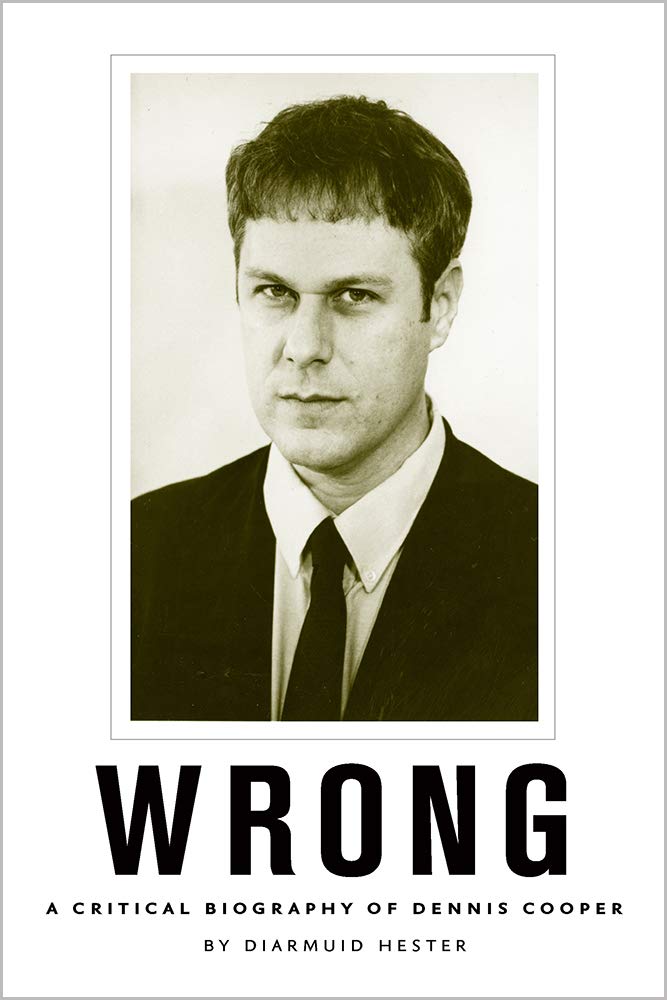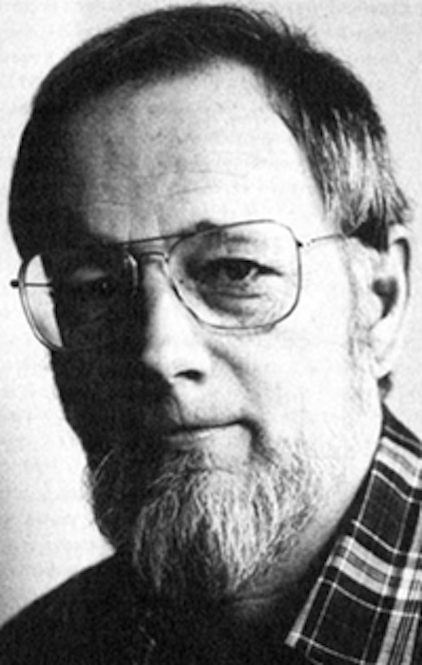
‘When Donald Barthelme took popular characters (Batman and the Joker) and placed them in unusual, postmodern situations in his short story “The Joker’s Greatest Triumph” (1967), he was doing something new: taking an old, familiar story and turning it inside out. He did something as daring when he reinvented the story of Snow White in his 1967 novel of the same name.
‘The importance of these literary experiments can be seen in the influence they have had on generations of writers. Now reinventions of popular stories (such as the inversion of the superhero comic in Alan Moore’s Watchmen) and retellings of fairy tales (like Gregory Maguire’s Wicked) are as common as a cold, but when my paperback edition of Snow White was reprinted in 1971, the experiment was unusual enough to warrant this statement on the back: “Donald Barthelme’s Snow White is not the fairy tale you remember. But it’s the one you will never forget.”
‘“She is a tall dark beauty,” the book begins, rather predictably, but then quickly veers off into strangeness, “containing a great many beauty spots: one above the belly, one above the knee, one above the ankle, one above the buttock, one on the back of the neck. All of these are on the left side, more or less in a row, as you go up and down:
*
*
*
*
*
*
The hair is black as ebony, the skin white as snow”.
‘We recognize the dark hair and white skin, but what of these birth marks, represented in my edition, not by asterisks but by thick black dots with a white spot in the middle, all in a perfectly straight column that would have been impossible on the curvaceous heroin? This odd reliance on typographical symbols on the first page of a novel, draws our attention to the markings on the page, in much the same way that Laurence Sterne drew our attention to the ink, letters and symbols on the page in his novel Tristram Shandy, published two hundred and fifty years earlier.
‘Nothing else appears on the first page. This strange bit of text is only a fragment and we must turn the page to get the next, unexpected line: “Bill is tired of Snow White now. But he cannot tell her. No, that would not be the way. Bill can’t bear to be touched. That is new too. To have anyone touch him is unbearable. Not just Snow White but also Kevin, Edward, Hubert, Henry, Clem or Dan”. Bill and the other six men are obviously the dwarfs, although there is never any mention of short stature in the novel. In early versions of the Snow White tale, these dwarfs did not have names, but thanks to Disney, now they do, cute names like “Dopey” and “Sneezy.” Rather than these, Barthleme gives us common, everyday names, pulling the fairy tale out of the realm of unnamed myth and cute Disney characters into the mundane reality of the modern world.
‘Not only are the names plain, but we learn that “Bill is tired of Snow White.” How could anyone get tired of Snow White? What kind of fairy tale is this? Bill also has become adverse to any kind of human touch. This is a psychological problems, rather than a mythical conflict between good and evil. ”That is a peculiar aspect of Bill, the leader,” we read, “We speculate that he doesn’t want to be involved in human situations any more”. This “we” introduces another mystery of the novel. The narrator refers to the group as “we,” but he never uses the word “I” and refers to each character in the third person. The narrator cannot be pinned down to any single persona in the book. The narrator, then is both part of the story and apart from the story, a character in the story and an uninvolved spectator, troubling the role of the narrator in telling a story either from within or without the main events.
‘This unknown narrator even interrupts the story at one point to quiz the reader with questions like “Do you like the story so far? Yes ( ) No ( ).” He also tests the reader’s understanding of the story, asking, “Have you understood, in reading to this point, that Paul is the prince figure?” Such a question is less comprehension check, however, as it is help from the narrator in understanding the parallels between the fairy tale and this novel.
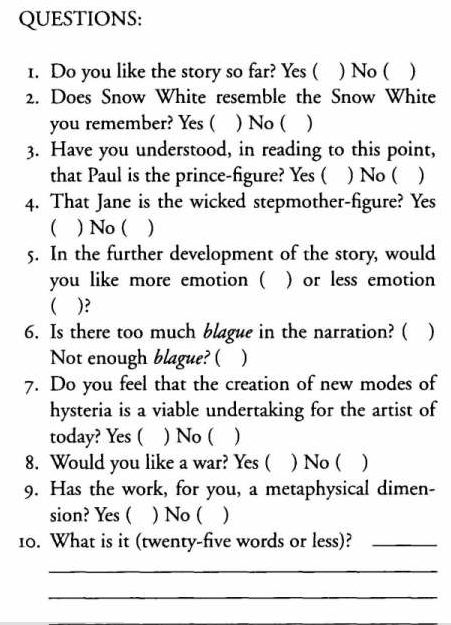
‘However, the narrator leaves the hardest work up to the reader: “Has the work, for you, a metaphysical dimension? Yes ( ) No ( )” and then asks, “What is it (twenty-five words or less)?” This last question is one of the most metafictional elements in any piece of metafiction, as the narrator is directly asking the reader to participate in the writing of the novel. The reader is supposed to pencil in an answer and actually add to the text. Whether the reader actually does this (I didn’t) is irrelevant. The invitation to become a coauthor (which is what Roland Barthes called the Writerly Reader) is undeniable. The narrator is inviting the reader to participate in the production of meaning. As for what that meaning is, I wouldn’t presume to take over your responsibility! The rest I will leave up to you.
‘In short, the book is not so much a retelling of the story of Snow White, as it is an examination of relationships, especially the relationship between the writer, the text, and the reader. Nowadays retellings of fairy tales are as common as a Hollywood, but few have managed to do them with such intelligence, insight, and wit as the great Barthelme.’ — Metablog on Metafiction
_____
Further
Donald Barthelme’s barthelmismo
‘DONALD BARTHELME’S SYLLABUS’
‘The Beastly Beatitudes of Donald B.’
‘Preface to an Introduction to Donald Barthelme and “The School”’
‘Heteroglossia and collage: Donald Barthelme’s Snow White‘
‘Fatigue, Indolence And The There Is, Or, The Temporal Logic Of Collage In Donald Barthelme’s Snow White‘
‘Language and Donald Barthelme’s Snow White’
‘Disastrous Aesthetics: Irony, Ethics, and Gender in Barthelme’s Snow White’
‘BEYOND FRAGMENTATION: DONALD BARTHELME AND WRITING AS POLITICAL ACT’
‘The Pirate and Rogue in Donald Barthelme’s Anti-Fairy Tales’
Podcast: ‘Donald Barthelme, The Collective Shrug’
‘Interview by Donald Barthelme with Larry McCaffery’
The Donald Barthelme Archive
‘Saved from Drowning: Barthelme reconsidered’
‘Game’, by Donald Barthelme
‘Donald Barthelme on the Art of Not-Knowing and the Essential Not-Knowing of Art’
‘The Balloon’, by Donald Barthelme
‘The Indian Uprising’, by Donald Barthelme
‘DONALD BARTHELME NARRATES THE PROGRESS OF THE REINDEER’
Buy ‘Snow White’
____
Extras
Donald Barthelme interviewed by George Plimpton
Donald Antrim reads Donald Barthelme’s ‘I Bought a Little City’
Donald Barthelme reading ‘I Bought a Little City’
Donald Barthelme reads ‘The Teachings of Don B.: A Yankee Way of Knowledge’
Donald Barthelme and Narrative Appeal
Donald Barthelme & Stephen Banker, 1978 interview
Barthelme’s Snow White is Awesome
_______________
Towards an Aesthetic of the Aesthetics of Trash: A Collaborative, Deconstructive Reading of Snow White
by Larry McCaffery
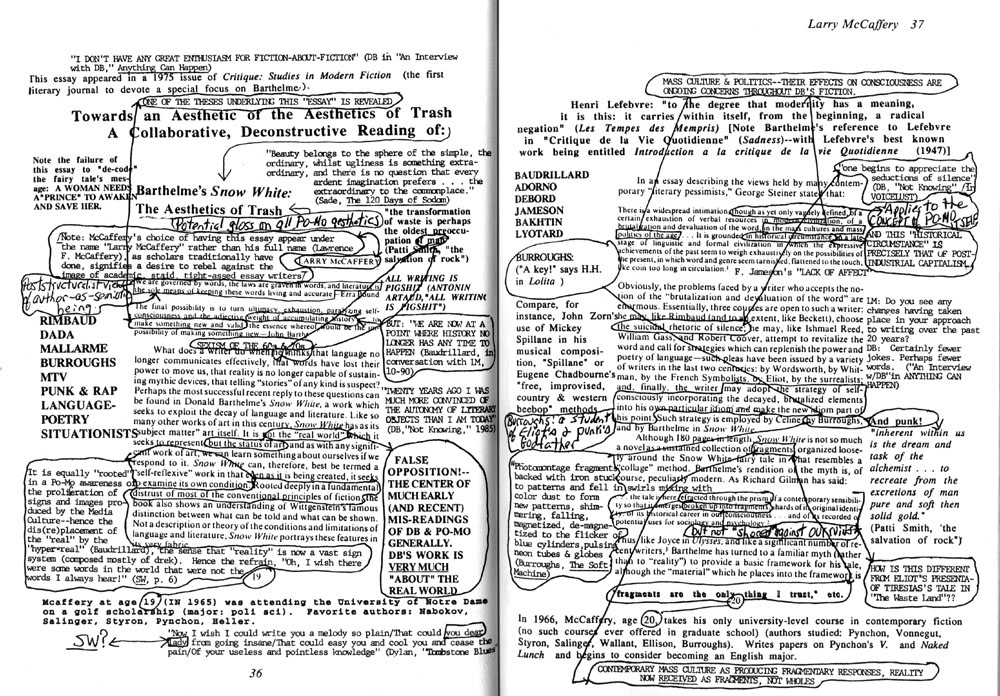





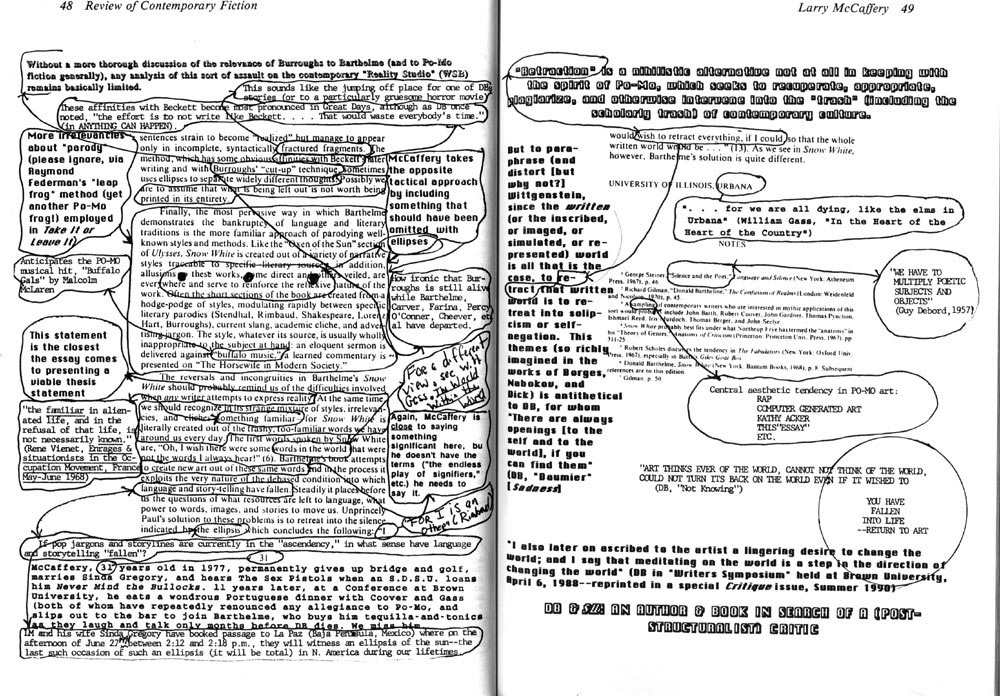
______
Interview
from The Paris Review
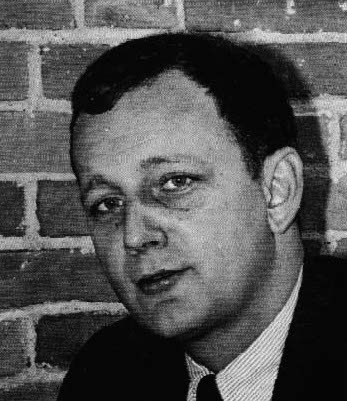
You’re often linked with Barth, Pynchon, Vonnegut, and others of that ilk. Does this seem to you inhuman bondage or is there reason in it?
BARTHELME: They’re all people I admire. I wouldn’t say we were alike as parking tickets. Some years ago the Times was fond of dividing writers into teams; there was an implication that the Times wanted to see gladiatorial combat, or at least a soccer game. I was always pleased with the team I was assigned to.
Who are the people with whom you have close personal links?
BARTHELME: Well, Grace Paley, who lives across the street, and Kirk and Faith Sale, who live in this building—we have a little block association. Roger Angell, who’s my editor at the New Yorker, Harrison Starr, who’s a film producer, and my family. In the last few years several close friends have died.
How do you feel about literary biography? Do you think your own biography would clarify the stories and novels?
BARTHELME: Not a great deal. There’s not a strong autobiographical strain in my fiction. A few bits of fact here and there. The passage in the story “See the Moon?” where the narrator compares the advent of a new baby to somebody giving him a battleship to wash and care for was written the night before my daughter was born, a biographical fact that illuminates not very much. My grandmother and grandfather make an appearance in a piece I did not long ago. He was a lumber dealer in Galveston and also had a ranch on the Guadalupe River not too far from San Antonio, a wonderful place to ride and hunt, talk to the catfish and try to make the windmill run backward. There are a few minnows from the Guadalupe in that story, which mostly accompanies the title character through a rather depressing New York day. But when it appeared I immediately began getting calls from friends, some of whom I hadn’t heard from in some time and all of whom were offering Tylenol and bandages. The assumption was that identification of the author with the character was not only permissible but invited. This astonished me. One uses one’s depressions as one uses everything else, but what I was doing was writing a story. Merrily merrily merrily merrily.
Overall, very little autobiography, I think.
Was your childhood shaped in any particular way?
BARTHELME: I think it was colored to some extent by the fact that my father was an architect of a particular kind—we were enveloped in modernism. The house we lived in, which he’d designed, was modern and the furniture was modern and the pictures were modern and the books were modern. He gave me, when I was fourteen or fifteen, a copy of Marcel Raymond’s From Baudelaire to Surrealism, I think he’d come across it in the Wittenborn catalogue. The introduction is by Harold Rosenberg, whom I met and worked with sixteen or seventeen years later, when we did the magazine Location here in New York.
My mother studied English and drama at the University of Pennsylvania, where my father studied architecture. She was a great influence in all sorts of ways, a wicked wit.
Music is one of the few areas of human activity that escapes distortion in your writing. An odd comparison: music is for you what animals were for Céline.
BARTHELME: There were a lot of classical records in the house. Outside, what the radio yielded when I was growing up was mostly Bob Wills and his Texas Playboys; I heard him so much that I failed to appreciate him, failed to appreciate country music in general. Now I’m very fond of it. I was interested in jazz and we used to go to black clubs to hear people like Erskine Hawkins who were touring—us poor little pale little white boys were offered a generous sufferance, tucked away in a small space behind the bandstand with an enormous black cop posted at the door. In other places you could hear people like the pianist Peck Kelley, a truly legendary figure, or Lionel Hampton or once in a great while Louis Armstrong or Woody Herman. I was sort of drenched in all this. After a time a sort of crazed scholarship overtakes you and you can recite band rosters for 1935 as others can list baseball teams for the same year.
What did you learn from this, if anything?
BARTHELME: Maybe something about making a statement, about placing emphases within a statement or introducing variations. You’d hear some of these guys take a tired old tune like “Who’s Sorry Now?” and do the most incredible things with it, make it beautiful, literally make it new. The interest and the drama were in the formal manipulation of the rather slight material. And they were heroic figures, you know, very romantic. Hokie Mokie in “The King of Jazz” comes out of all that.
Are there writers to whose work you look forward?
BARTHELME: Many. Gass, Hawkes, Barth, Ashbery, Calvino, Ann Beattie—too many to remember. I liked Walker Percy’s new book The Second Coming enormously. The weight of knowledge is extraordinary, ranging from things like how the shocks on a Mercedes are constituted to how a nineteenth-century wood-burning stove is put together. When the hero’s doctors diagnosed wahnsinnige sehnsucht or “inappropriate longings” as what was wrong with him I nearly fell off my chair. That’s too beautiful to be real but with Percy it might be. Let’s see . . . Handke, Thomas Bernhard, Max Frisch, Márquez.
Even Autumn of the Patriarch?
BARTHELME: After One Hundred Years of Solitude it was hard to imagine that he could do another book on that scale, but he did it. There were technical maneuvers in Autumn of the Patriarch—the business of the point of view changing within a given sentence, for instance—that I thought very effective, almost one hundred percent effective. It was his genius to stress the sorrows of the dictator, the angst of the monster. The challenge was his own previous book and I think he met it admirably.
It’s amazing the way previous work can animate new work, amazing and reassuring. Tom Hess used to say that the only adequate criticism of a work of art is another work of art. It may also be the case that any genuine work of art generates new work. I suspect that Márquez’s starting point was The Tin Drum, somehow, that Günter Grass gave him a point of departure . . . that the starting point for the essential Beckett was Bouvard and Pecuchet and that Bellow’s Henderson the Rain King is a fantasia on the theme of Hemingway in Africa. This is not the anxiety but the pleasure of influence.
You don’t, then, believe in entropy?
BARTHELME: Entropy belongs to Pynchon. I read recently that somebody had come forward with evidence that the process is not irreversible. There is abroad a distinct feeling that everything’s getting worse; Christopher Lasch speaks of it, and so do many other people. I don’t think we have the sociological index that would allow us to measure this in any meaningful way, but the feeling is there as a cultural fact. I feel entropy—Kraus on backache is a favorite text around here.
Do you see anything getting better—art, for instance?
BARTHELME: I don’t think you can talk about progress in art—movement, but not progress. You can speak of a point on a line for the purpose of locating things, but it’s a horizontal line, not a vertical one. Similarly the notion of an avant-garde is a bit off. The function of the advance guard in military terms is exactly that of the rear guard, to protect the main body, which translates as the status quo.
You can speak of political progress, social progress, of course—you may not see much of it, but it can be talked about.
Well, you’ve established yourself as an old fogey.
BARTHELME: So be it.
___
Book
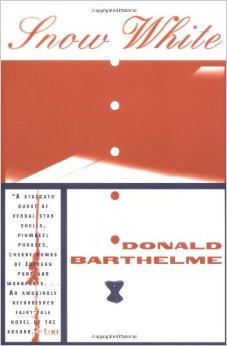 Donald Barthelme Snow White
Donald Barthelme Snow White
Touchstone/Simon & Schuster
‘An inventive, satiric modern retelling of the classic fairy tale provides an incisive and biting commentary on the absurdities and complexities of modern life.
‘In Snow White, Donald Barthelme subjects the traditional fairy tale to postmodern aesthetics. In the novel, the seven dwarves are men who live communally with Snow White and earn a living by washing buildings and making Chinese baby food. Snow White quotes Mao and the dwarves grapple with low self-esteem in this raucous retelling of the classic tale.’ — Simon & Schuster
______
Excerpts
Baby Dim Sum
It is amazing how many mothers will spring for an attractively packaged jar of Baby Dim Sum, a tasty-looking potlet of Baby Jing Shar Shew Bow. Heigh-ho. The recipes came from our father. “Trying to be a man about whom nothing is known,” our father said, when we were young. Our father said several other interesting things, but we have forgotten what they were. “Keep quiet,” he said. One tends to want that, in a National Park. Our father was a man about whom nothing was known. Nothing is known about him still. He gave us the recipes. He was not very interesting. A tree is more interesting. A suitcase is more interesting. A canned good is more interesting. When we sing the father hymn, we noticed that he was not very interesting. The words of the hymn notice it. It is explicitly commented upon, in the text.
Dirty Great Poem
Now she’s written a dirty great poem four pages long, won’t let us read it, refuses absolutely, she is adamant. We discovered it by accident. We had trudged home early, lingered in the vestibule for a bit wondering if we should trudge inside. A strange prehension, a floating of some kind. Then we trudged inside. “Here’s the mail,” we said. She was writing something, we could see that. “Here’s the mail,” we said again. Usually she likes to paw over the mail, but she was preoccupied, didn’t look up, not a flicker. “What are you doing their,” we asked, “writing something?” Snow White looks up. “Yes,” she says. And looked down again, not a pinch of emotions coloring the jet black of her jet black eyes. “A letter?” we asked wondering if a letter then to whom and about what. “No,” she said. “A list?” we asked inspecting her white face for a hint of tendresse. But there was no tendresse. “No,” she said. We noticed then that she had switched the tulips from the green bowl to the blue bowl. “What then?” We repeated. We observed that she had hauled the Indian paintbrush all the way out into the kitchen. “Poem,” we had the mail in our paws still. “Poem?” we said. “Poem,” she said. There it was, the red meat on the rug. “Well,” we said, “can we have a peek?” “No,” she said. “How long as it?” We asked. “Four pages,” she said, “at present,” “four pages!” The thought of this immense work…
Royal Blood
At times, when I am ‘down,’ I am able to pump myself up again by thinking about my blood. It is blue, the bluest this fading world has known probably. At times I startle myself with a gesture so royal, so full of light, that I wonder where it comes from. It comes from my father, Paul XVII, a most kingly man and personage. Even though his sole accomplishment during his lack of reign was the de-deification of his own person.
Mr. Quistgaard
Although you do not know me my name is Jane. I have seized your name from the telephone book in an attempt to enmesh you in my concerns. We suffered today I believe from a lack of connection with each other. That is common knowledge, so common in fact, that it may not even be true. It may be that we are overconnected, for all I know. However I am acting on the first assumption, that we are underconnected, and thus have flung you these lines, which you may grasp or let fall as you will. But I feel that if you neglect them, you will suffer for it. That is merely my private opinion. No police power supports it. I have no means of punishing you, Mr. Quistgaard, for not listening, for having a closed heart.
Three-Pronged Assault
“I had in mind launching a three-pronged assault, but the prongs wandered off seduced by fires and clowns. It was hell there, in the furnace of my ambition. It was because, you said, I had read the wrong book. He reversed himself in his last years, you said, in the books no one would publish. But his students remember, you said.”
Bill
BILL has developed a shamble. The consequence, some say, of a lost mind. But that is not true. In the midst of so much that is true, it is refreshing to shamble across something that is not true. He does not want to be touched. But he is entitled to an idiosyncrasy. He has earned it by his vigorous leadership in that great enterprise, his life.
MOTHER
“MOTHER can I go over to Hogo’s and play?” “No Jane Hogo is not the right type of young man for you to play with. He is thirty-give now and that is too old for innocent play. I am afraid he knows some kind of play that is not innocent, and will want you to play it with him, and then you will agree in your ignorance, and then the fat will be in the fire. That is the way I have the situation figured out anyhow. That is my reading of it. That is the way it looks from where I stand.” “Mother all this false humility does not become you any more than that mucky old poor little match-girl dress you are wearing.” “This dress I’ll have you know cost two hundred and forty dollars when it was new.” “When was it new?” “It was new in 1918, the year your father and I were in the trenches together, in the Great War. That was a war all right. Oh I know there have been other wars since, better-publicized ones, more expensive ones perhaps, but our war is the one I’ll always remember. Our war is the one that means war to me.” “Mother I know Hogo is thirty-five and thoroughly bad through and through but still there is something drawing me to him. To his house. To the uninnocence I know awaits me there.” “Simmer down child. There is a method in my meanness. By refusing to allow you to go to Hogo’s house, I will draw Hogo here, to your house, where we can smother him in blueberry flan and other kindnesses, and generally work on him, and beat the life out of him, in one way or another.” “That’s shrewd mother.”
*
p.s. Hey. ** David Ehrenstein, Hi. I was going for holes you could look at, though. ** Bill, Hi. Yes, that was my thinking and gamble. I would think there’s never been a year when the US of A needed Halloween more. ** Armando, Yes, RIP Sid Haig. Sad. ** _Black_Acrylic, Hi. Matta-Clark is amazing. I only didn’t include him because his fit felt too obvious. Kapoor only made it in despite similar issues because that random guy fell into one of his. Paris still has a couple of M-C’s holes in its buildings’ walls. ** Steve Erickson, I read somewhere online yesterday that ‘Liberte’ just got an American distributor. I don’t recall which distributor though. A quite small one, of course. How many drafts do you normally go through on big pieces? Or is there a ‘normal’? ** Misanthrope, Yeah, George, if you were presented with a hole, you wouldn’t have a clue to do with it, ha ha. I believe I did run my ‘Hole’ joke by Leo in that interview. I think he looked uncomfortable. He’s a bit of a Boy Scout, that Leo. This Friday already! Wow, time flies and all that stuff. Heavy. Great heavy. ** Right. The blog’s spotlight turns, angles, and focuses on Donald Barthelme’s great ‘Snow White’ today. Go into the light, please? See you tomorrow.

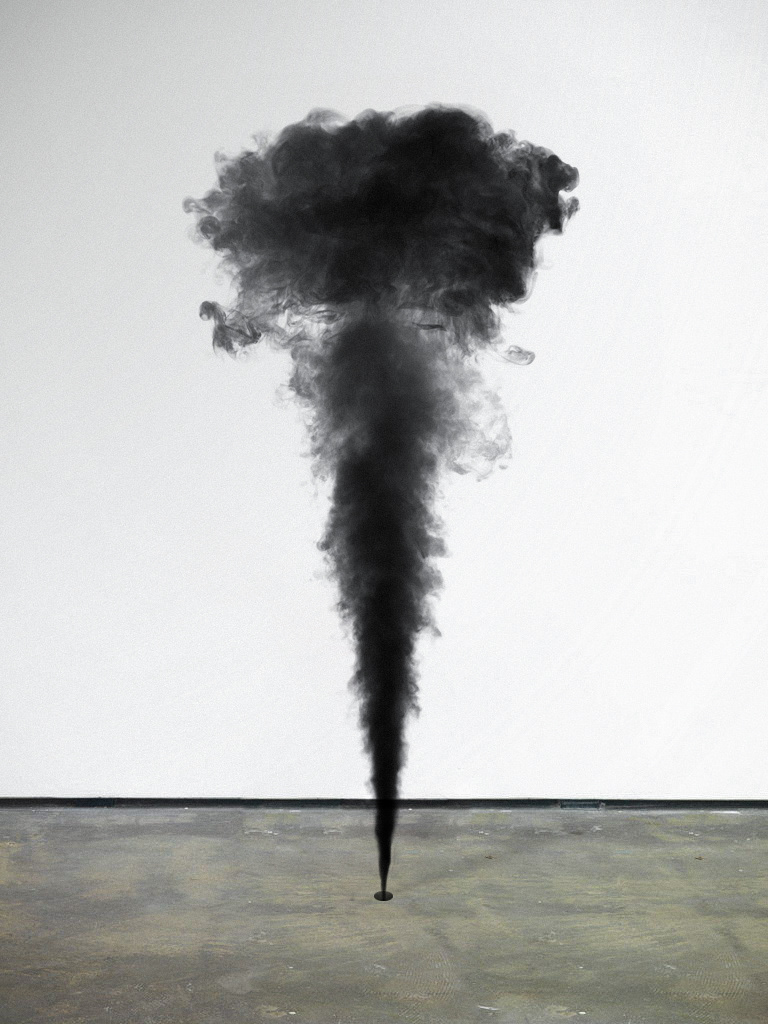
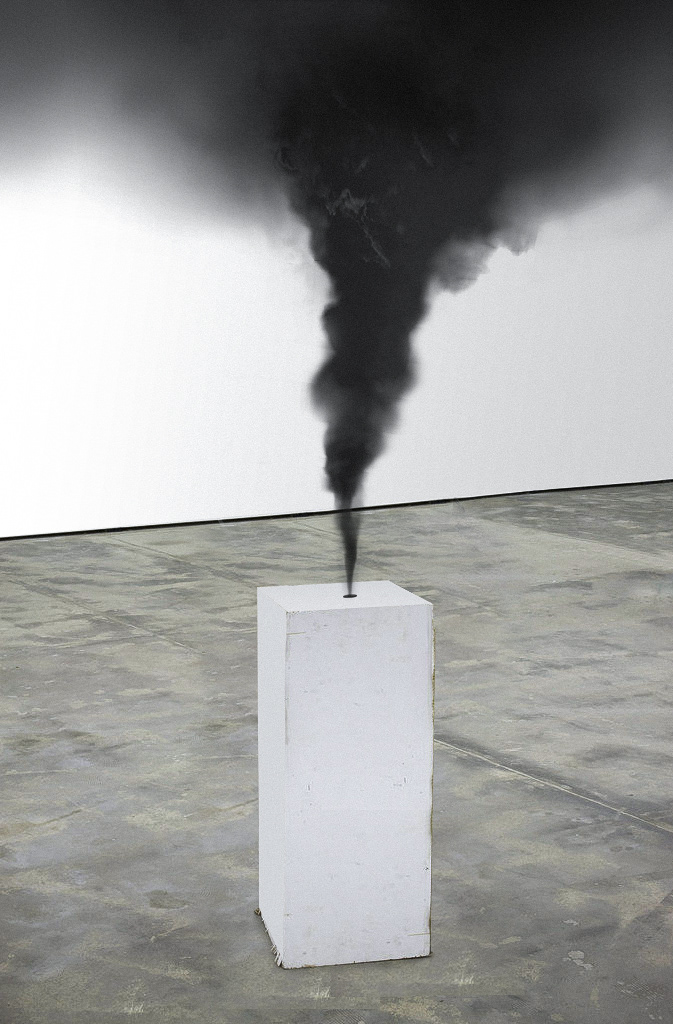
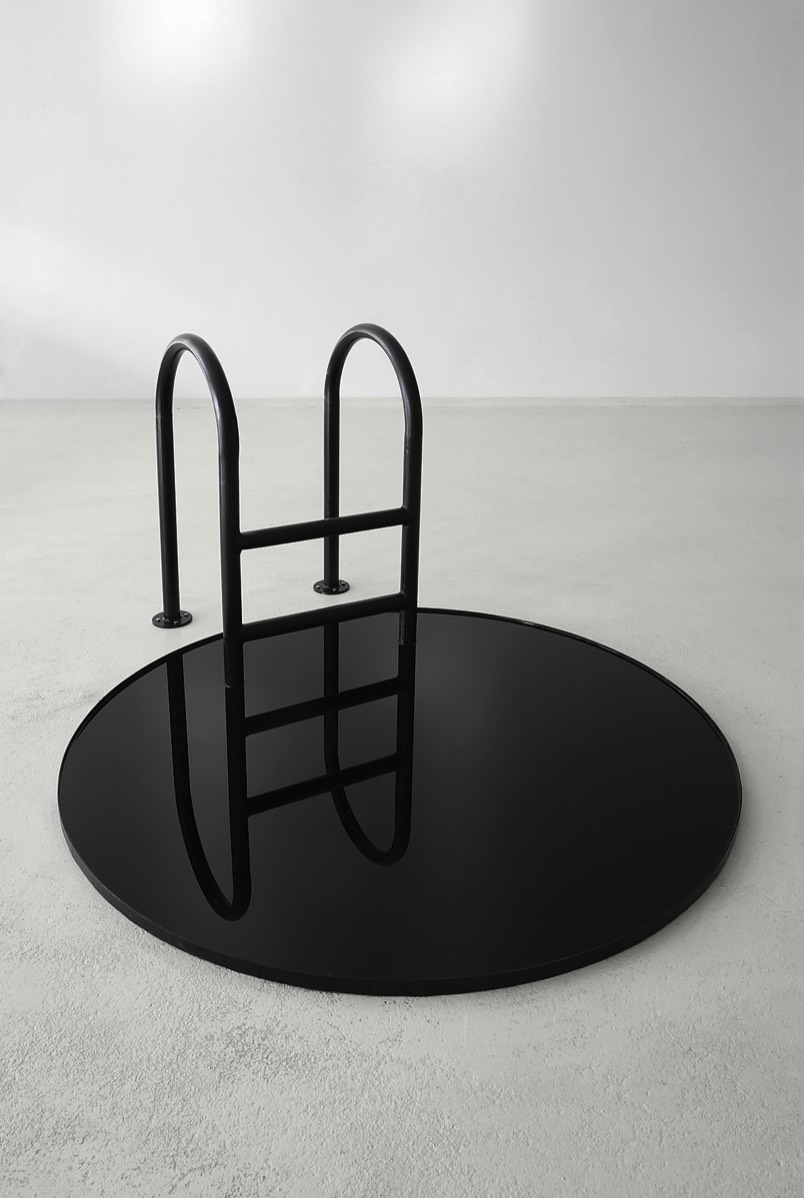
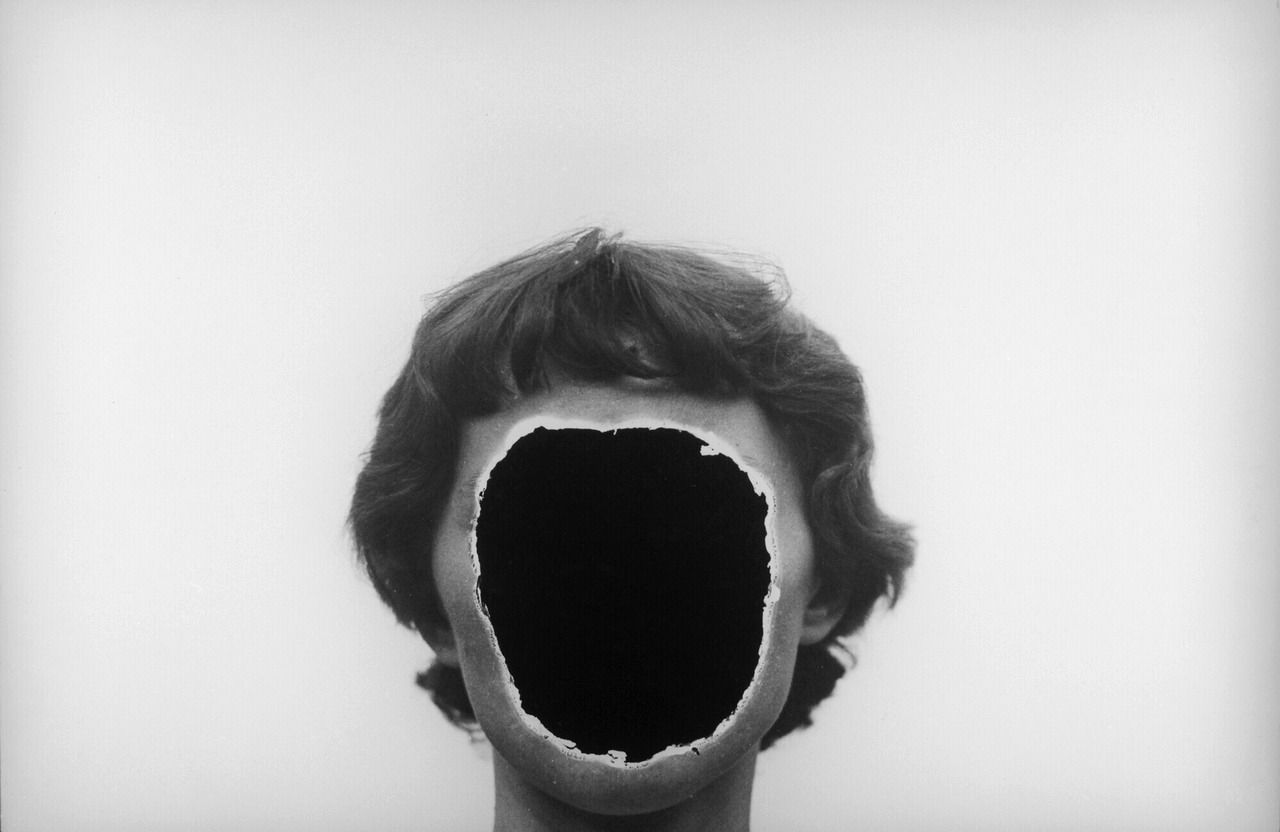
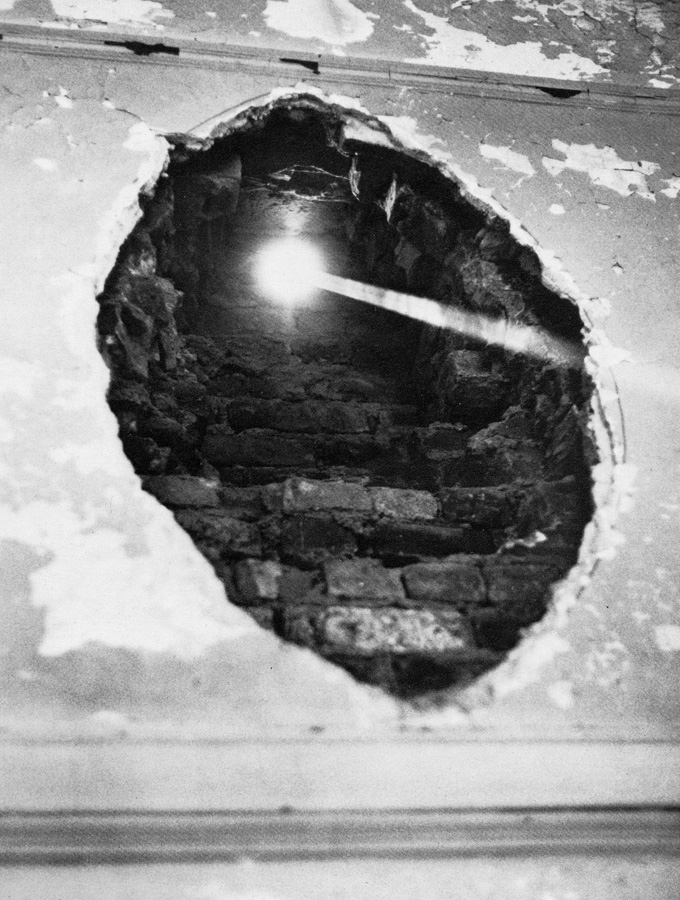
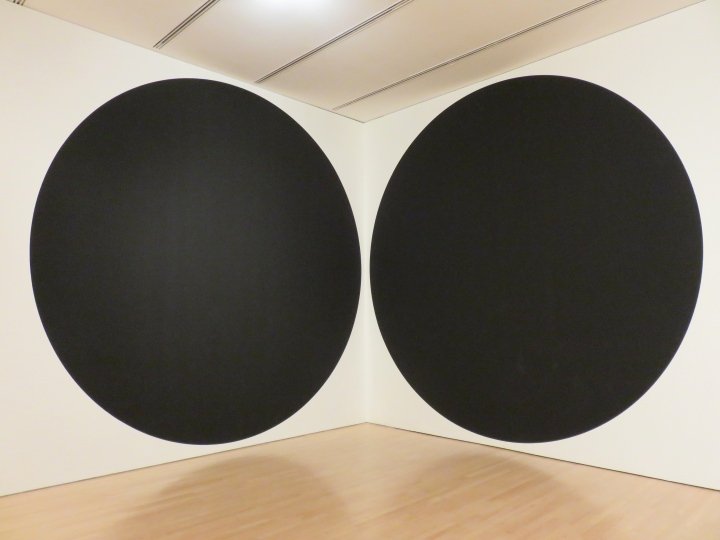
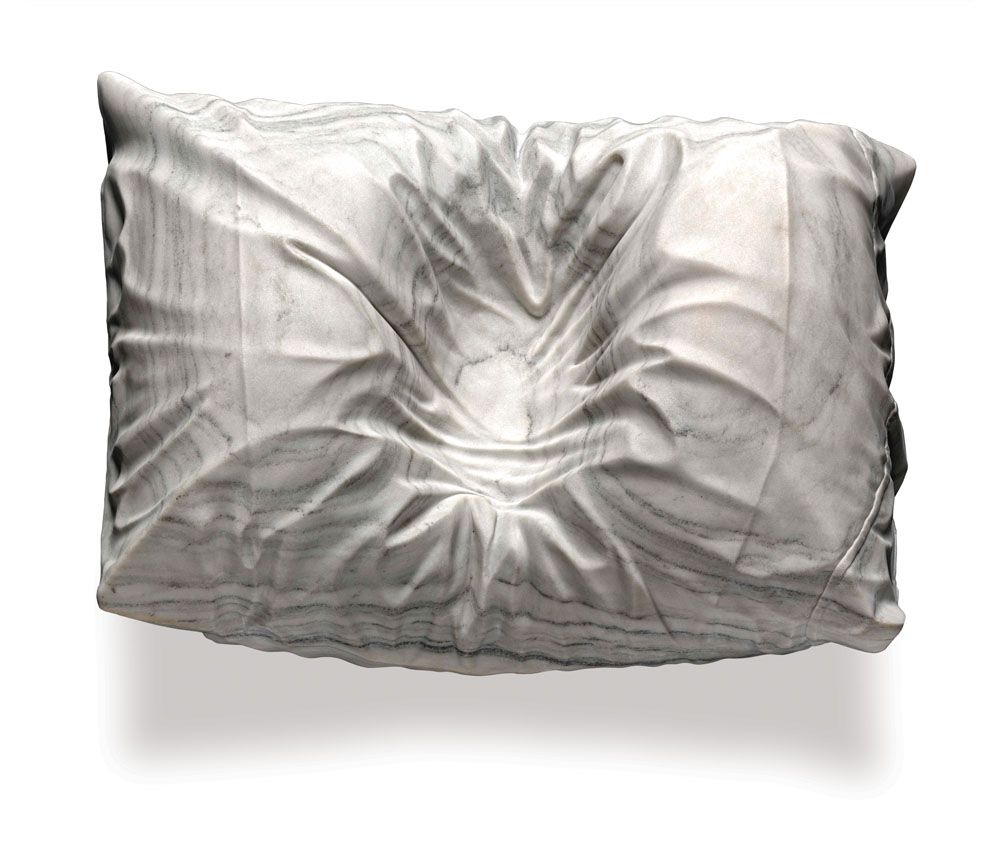

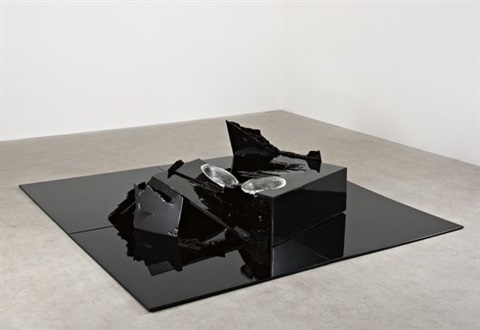
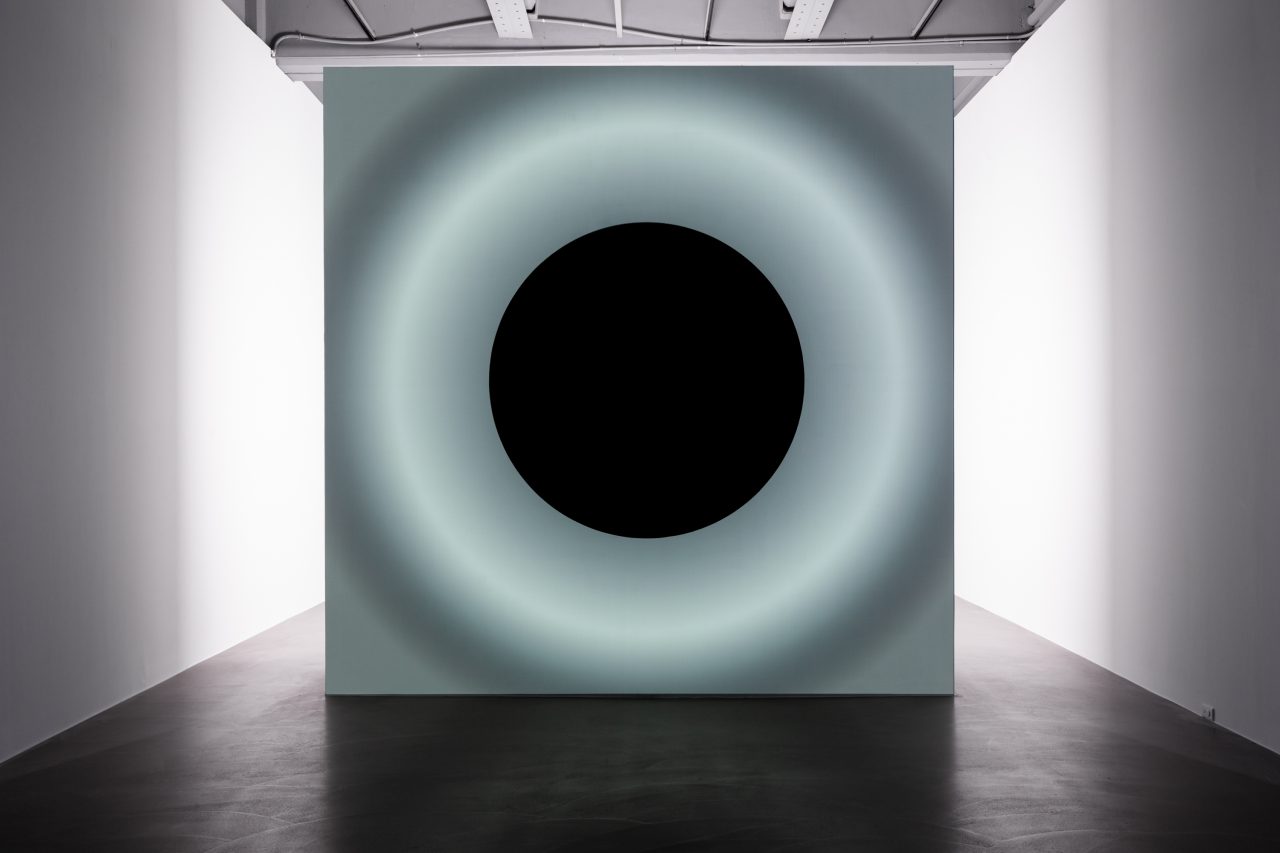
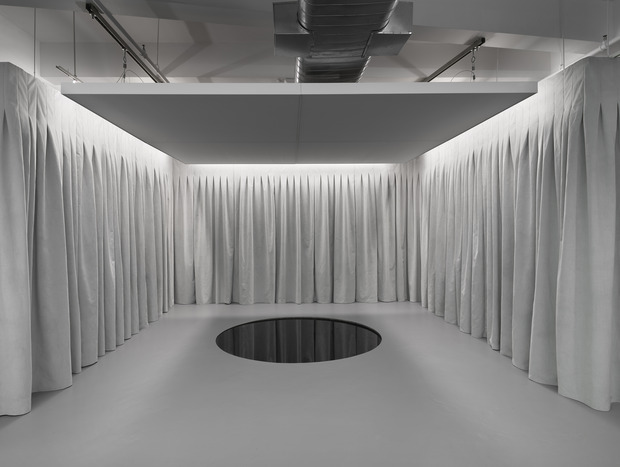
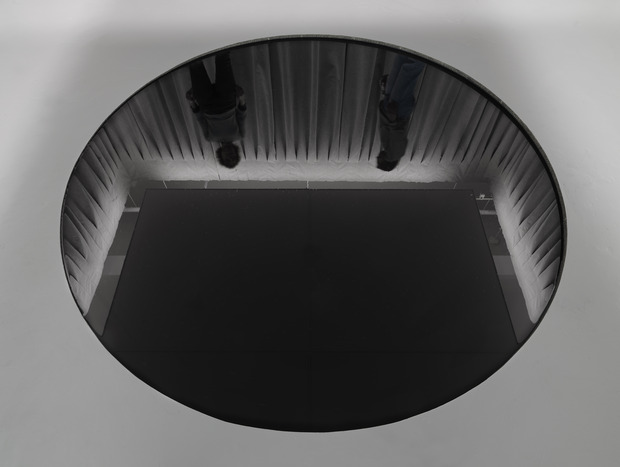
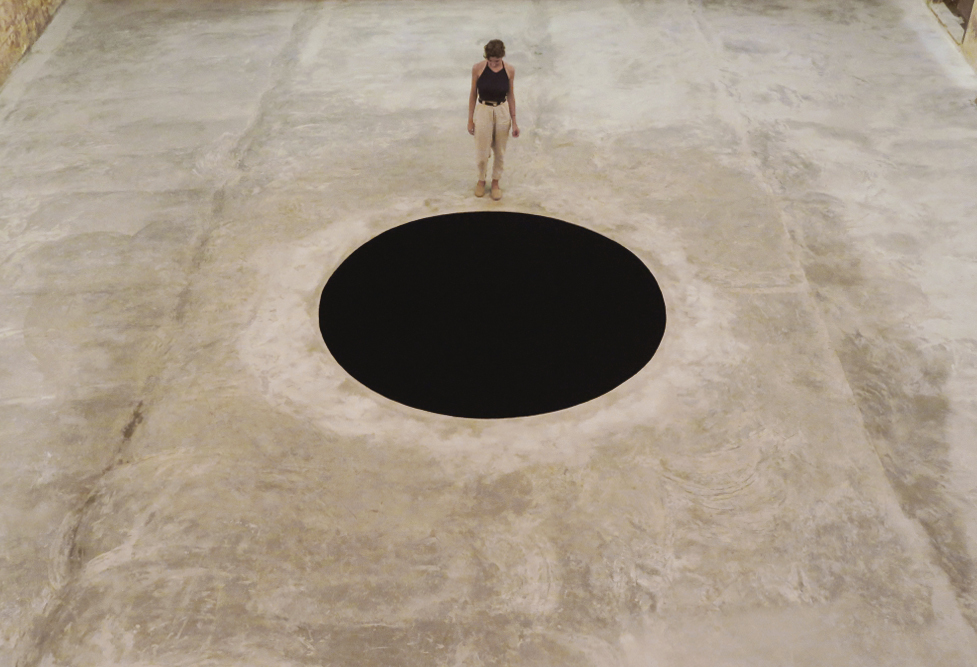
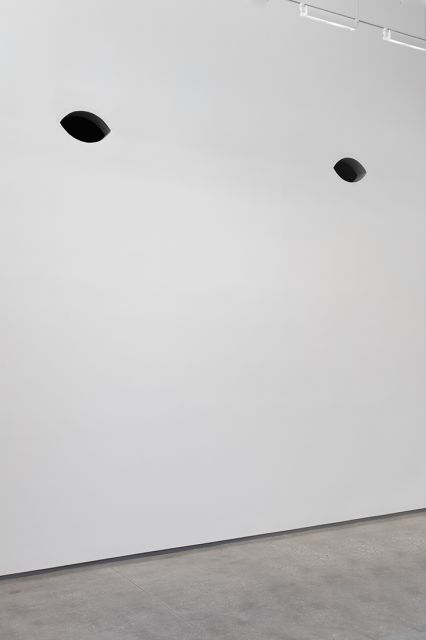
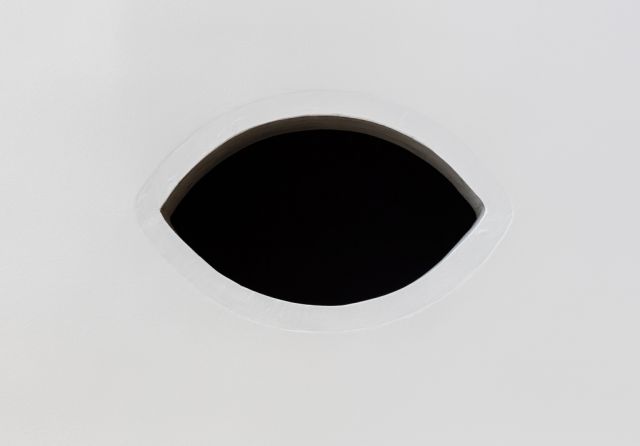
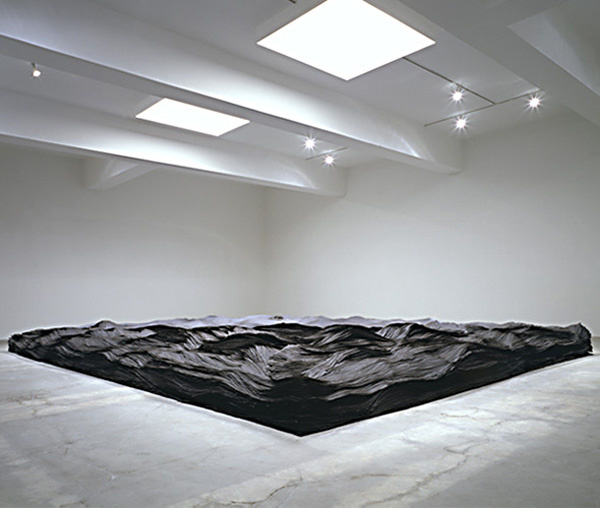
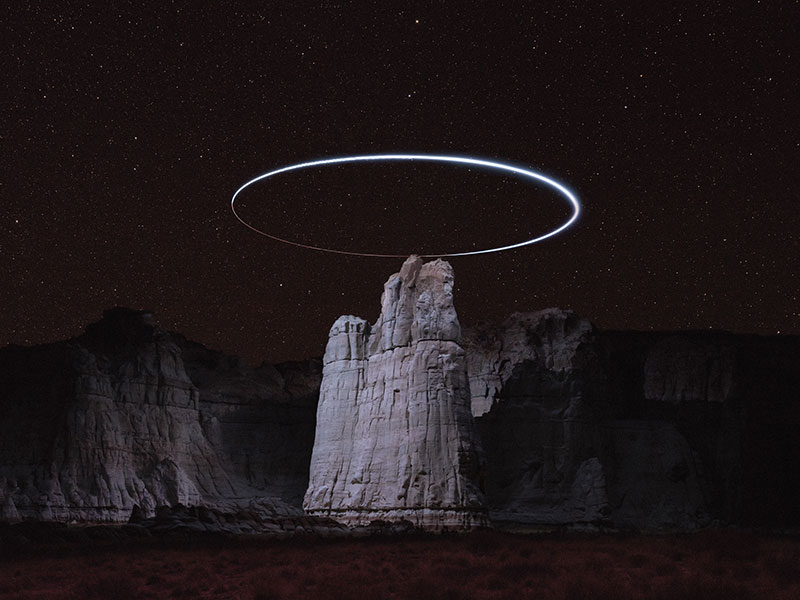
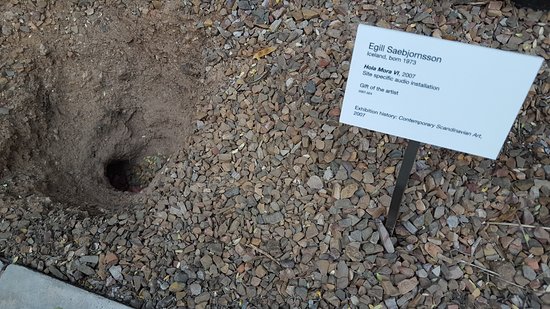
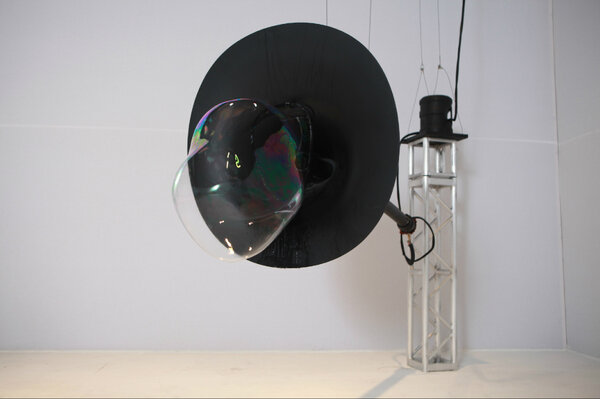

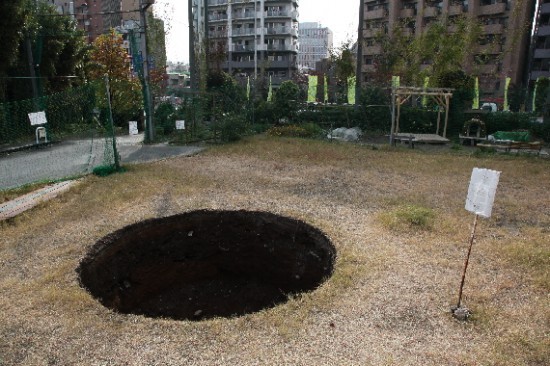
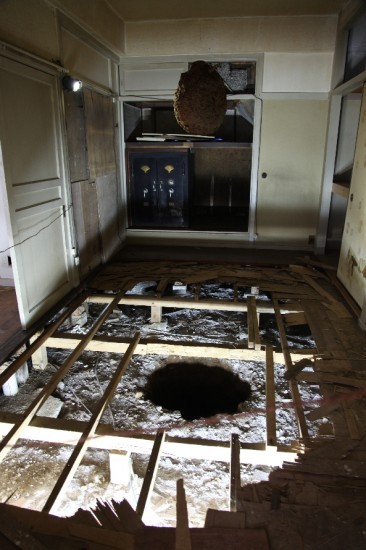
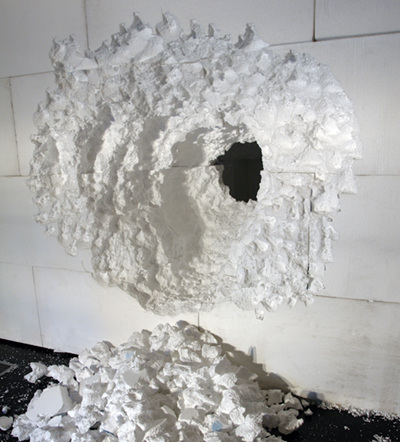
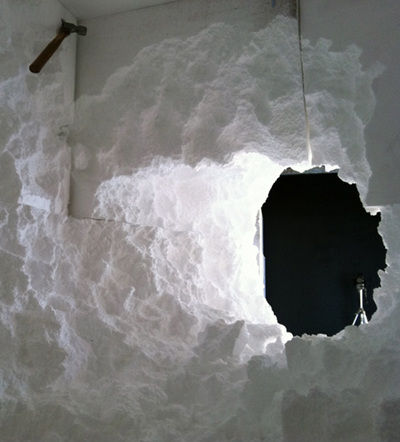
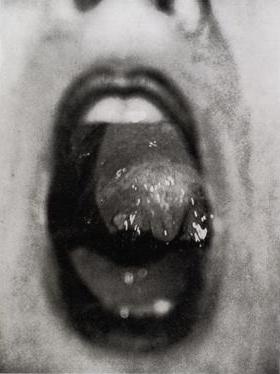
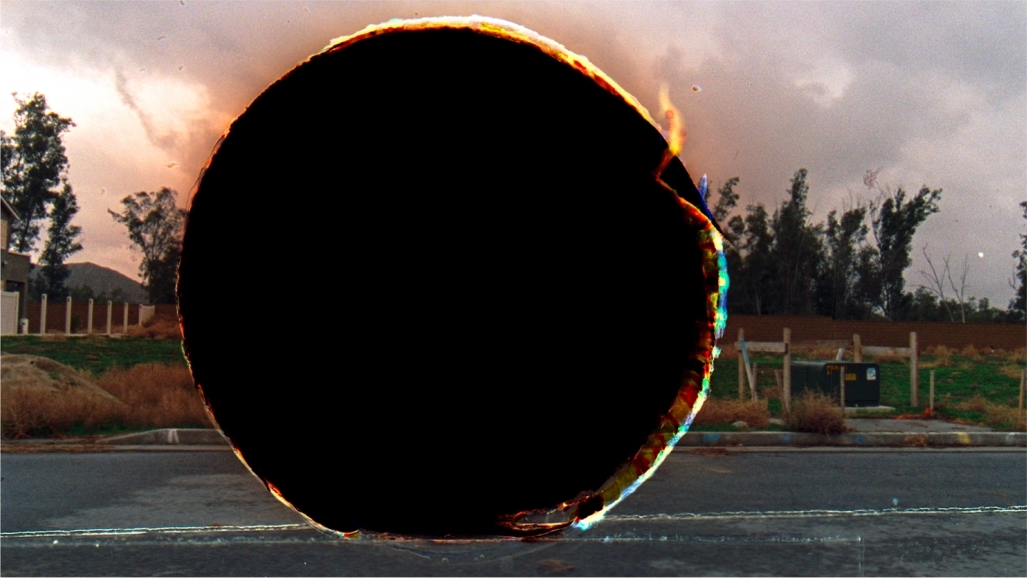
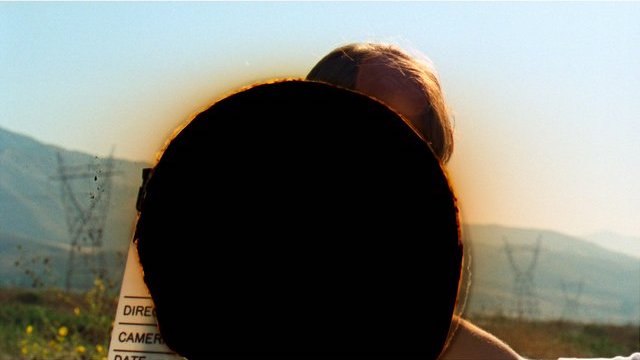
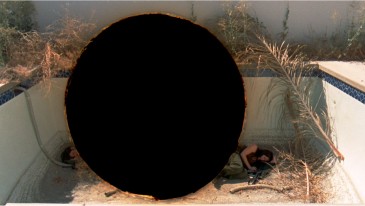
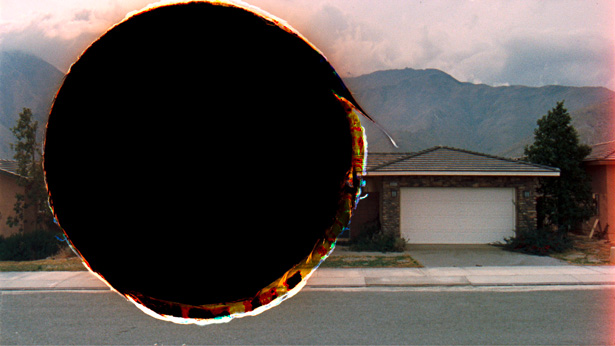
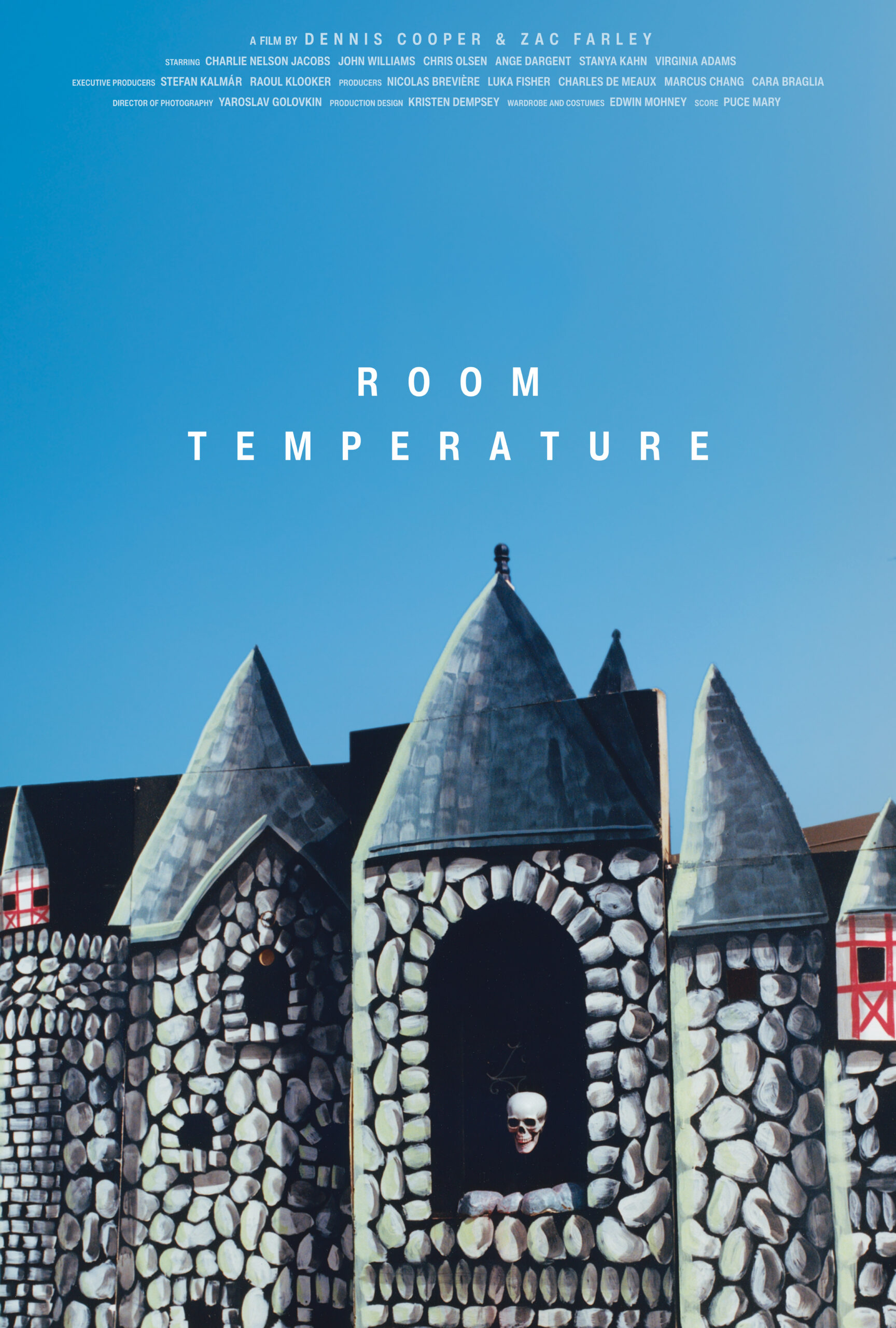

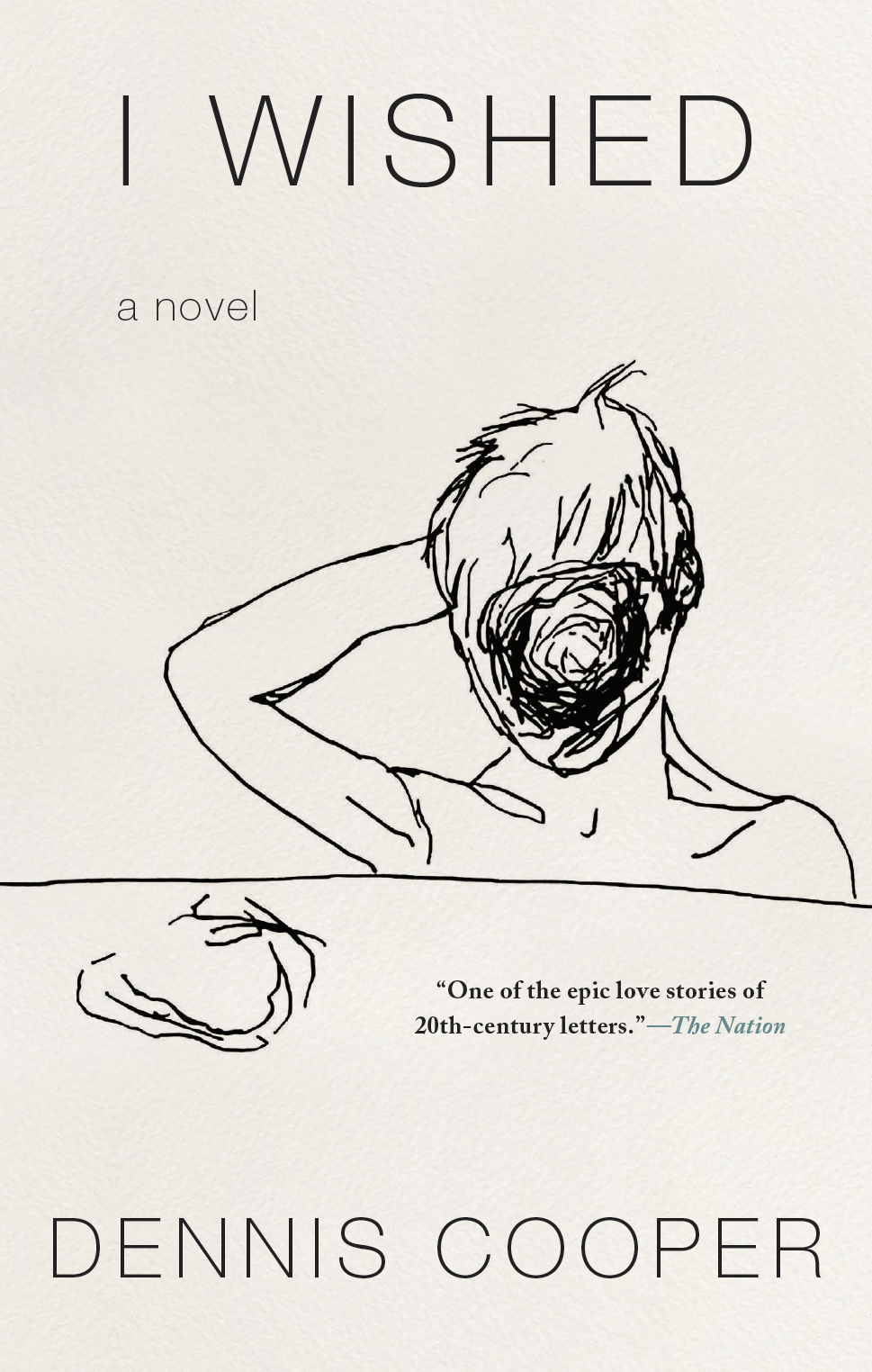
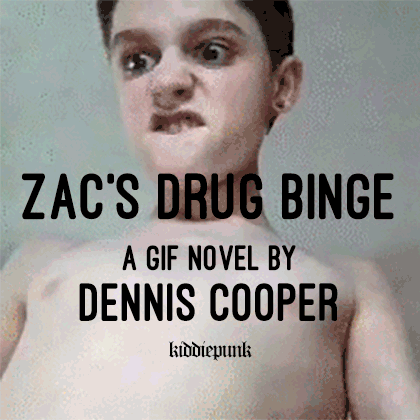
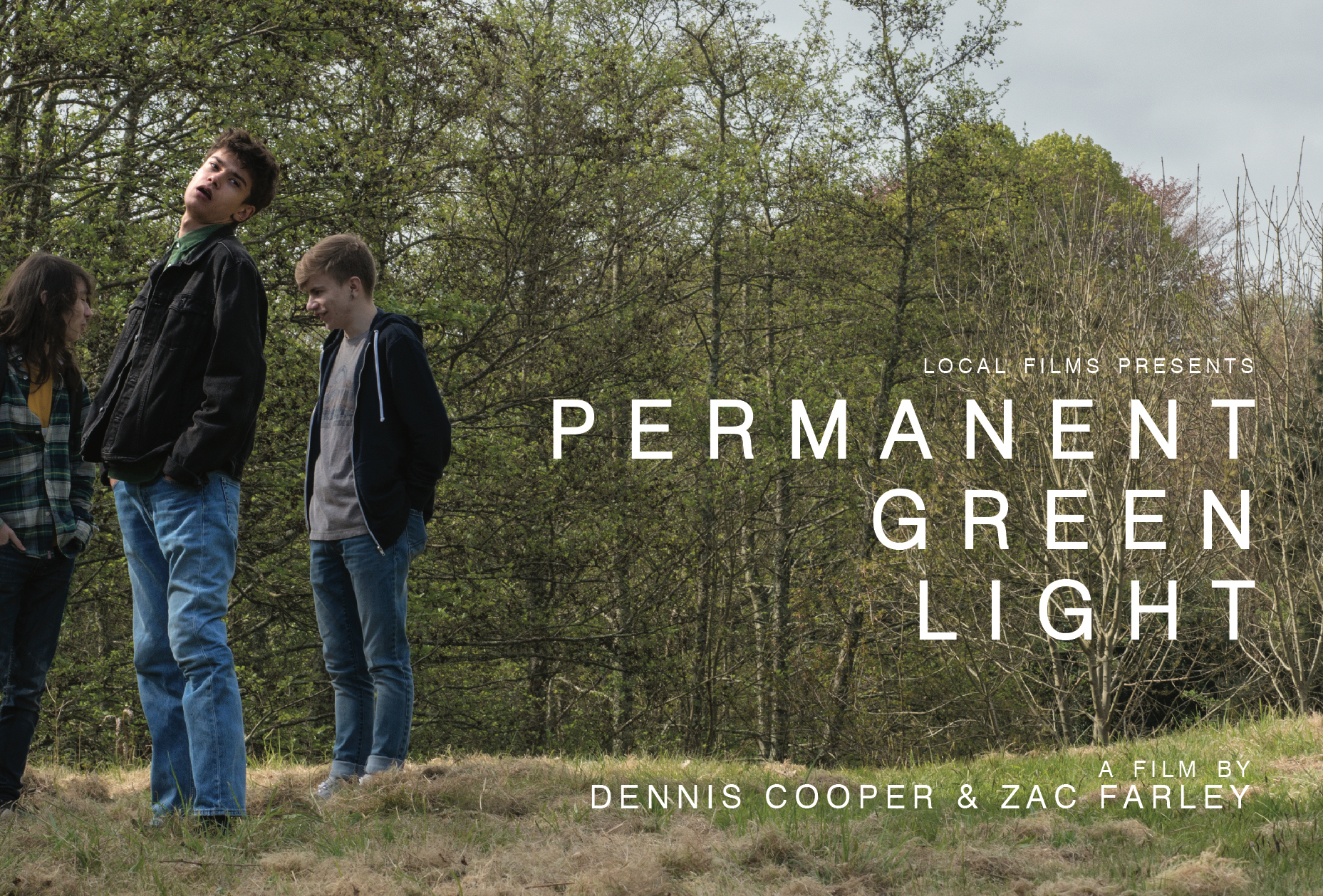 Now available in North America
Now available in North America 